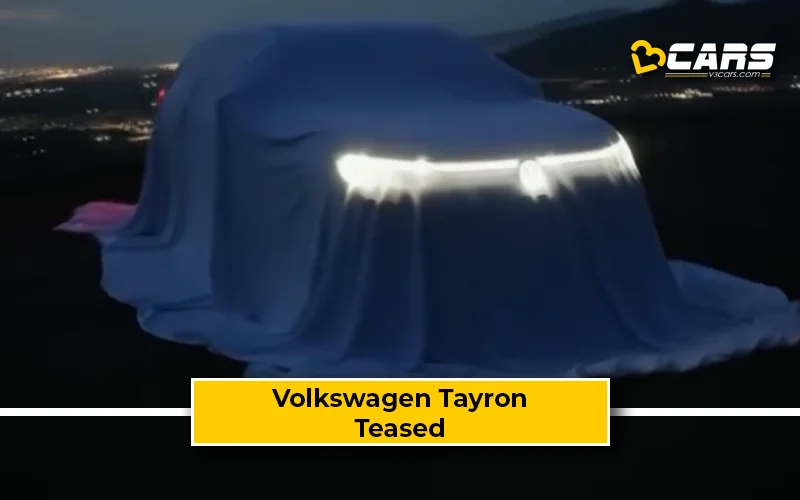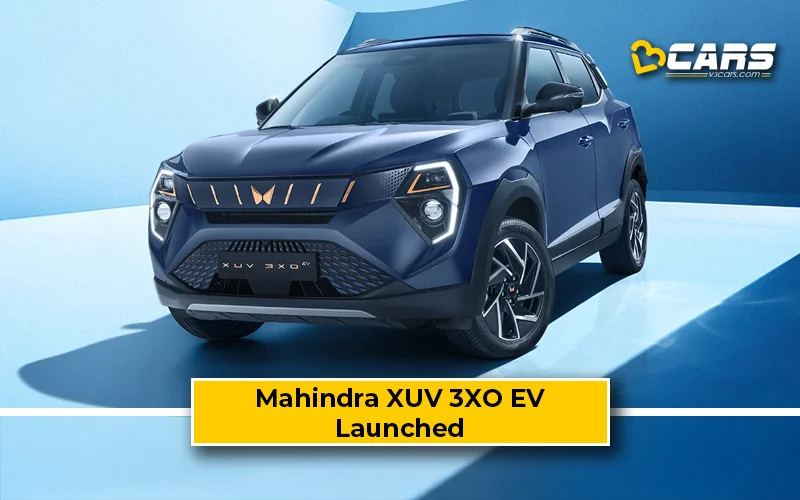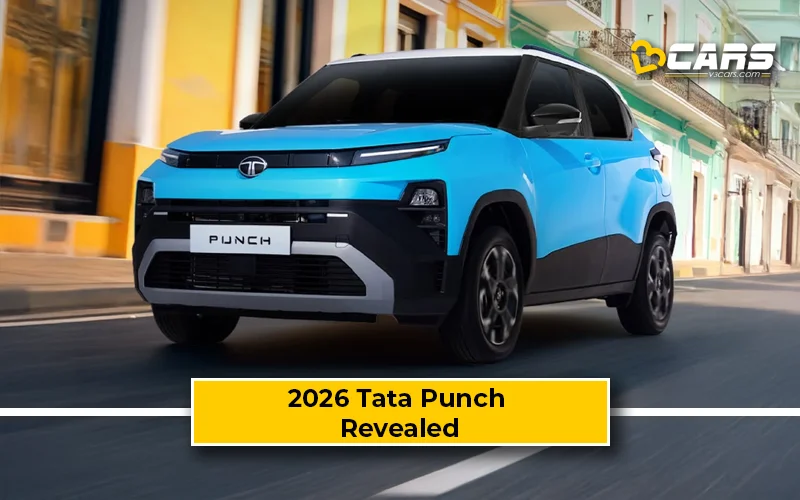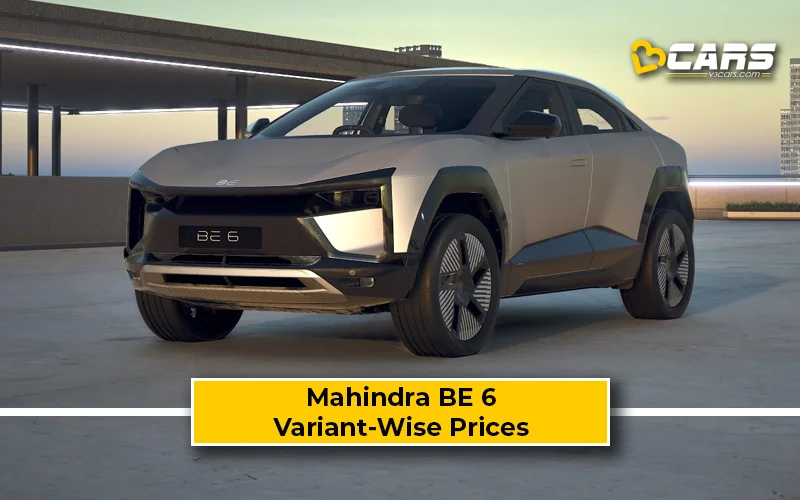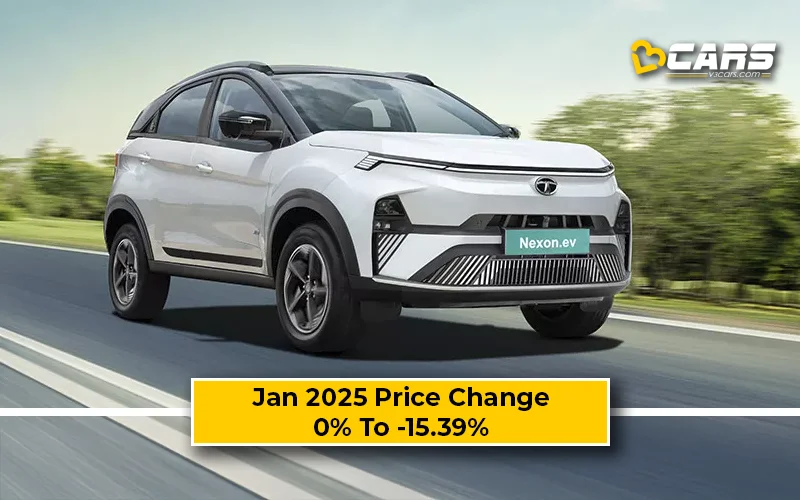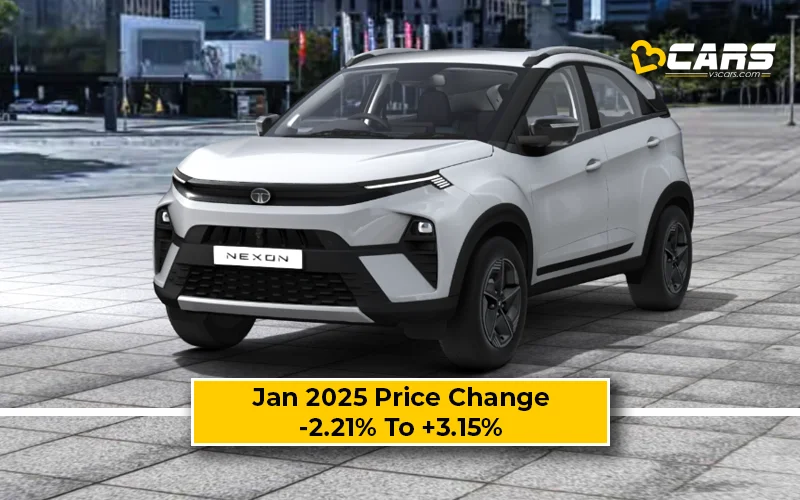CAR NEWS TODAY
We have recently secured information about the 2026 MG Hector Plus facelift pricing including the prices of the diesel variants. We are now learning that the Hector Plus 7-seater ex-showroom pricing will start from Rs. 14.29 lakh. The 7-seater automatic variants will start from Rs. 15.59 lakh....
Latest Car News
Mahindra launched the 2026 XUV 7XO at a starting price of Rs. 13.66 lakh (ex-showroom) recently. Available in 6 variants, the XUV...
Volkswagen India have teased the upcoming Tayron SUV for the first time. Essentially a 3-row version of the Tiguan, the Tayron is...
Mahindra have launched the 2026 XUV 3XO EV with a starting price of Rs. 13.89 lakh (ex-showroom). The XUV 3XO EV effectively...
With the start of the new year, Toyota have increased the prices of the Fortuner. The GR S 4WD variant with the 2.8L turbo...
With the start of the new year, Toyota have increased the prices of the Innova Hycross and Crysta. After the price change, 2026...
At the end of 2025, Hyundai officially entered the commercial mobility space with the launch of its dedicated taxi models –...
The Mahindra XUV700 has received its first-ever facelift ever since it was launched in August 2021. Mahindra have launched the...
Tata Motors have officially revealed the 2026 Punch facelift ahead of its launch on January 13. This marks the first major update...
Hyundai have quietly updated the variant lineup of the Creta Electric for the 2026 model year, discontinuing all Smart variants...
TRENDING CAR NEWS
The 2025 Skoda Kylaq, Skoda’s entry into the competitive B2-SUV segment, has officially launched. Deliveries of...
According to a source with knowledge on the matter, Skoda India are set to introduce a new variant of the 2025 Kylaq....
Kia India have finally revealed the prices of the Syros 2025 and they start at exactly the price we predicted —...
In this article, we’ll estimate the ex-showroom price range of the upcoming eVitara — Maruti’s first...
In this article, we’ll list out the ongoing offers on the Maruti Suzuki Ignis, Baleno, Dzire, Grand Vitara, WagonR...
Skoda Auto India have revealed the variant-wise prices of 2024 Kylaq, their first-ever B2-segment SUV that competes with...
The Mahindra BE 6, first unveiled in November 2024, has created quite a buzz in the electric SUV market. While Mahindra...
In this article, we’ll list out the ongoing offers on the Tata Altroz, Tiago, Tigor, Nexon, Harrier and other Tata...
Maruti Suzuki Brezza SUV is also available through CSD for our men and women in uniform. In this article, we’ll...
Top Car News
The 2025 Skoda Kylaq, Skoda’s entry into the competitive B2-SUV segment, has officially launched. Deliveries of...
In this article, we’ll list out the ongoing offers on the Maruti Suzuki Ignis, Baleno, Dzire, Grand Vitara, WagonR...
Impotant Note (Jan 18, 2025): With the start of the new year, Tata increased the prices of some of their cars. However,...
With the start of the new year, Tata increased the prices of the Nexon 2025. While some of the variants of the Nexon...
According to a source with knowledge on the matter, Skoda India are set to introduce a new variant of the 2025 Kylaq....
In this article, we’ll list out the ongoing offers on the Tata Altroz, Tiago, Tigor, Nexon, Harrier and other Tata...
Kia India have finally revealed the prices of the Syros 2025 and they start at exactly the price we predicted —...
We recently came across a piece of collateral from JSW MG Motor India revealing that they will soon start offering...
We recently learned from an MG car sales representative that besides the price increase JSW MG have also discontinued...



